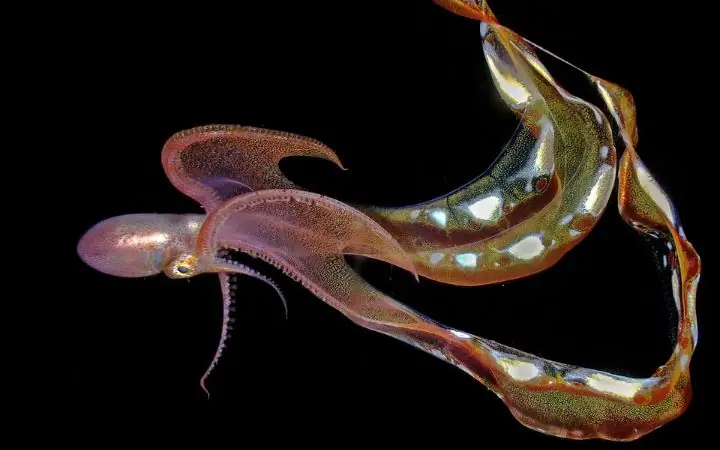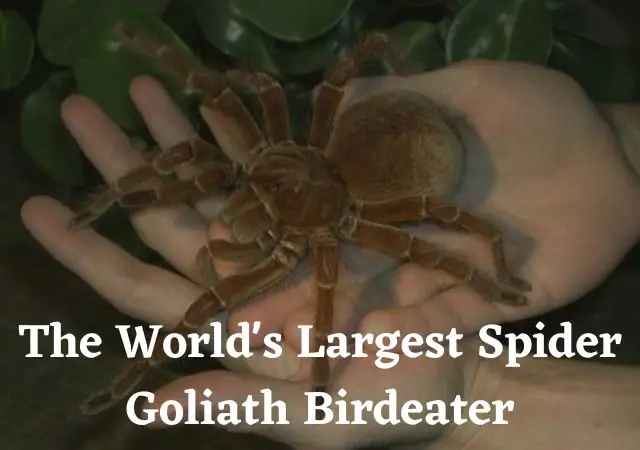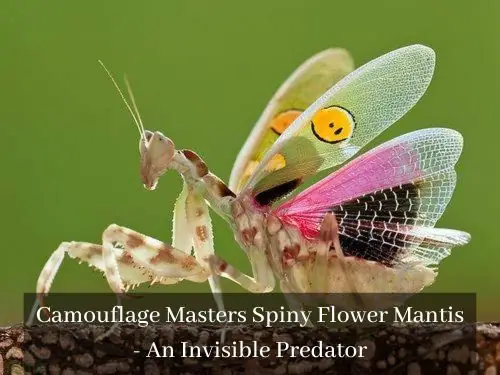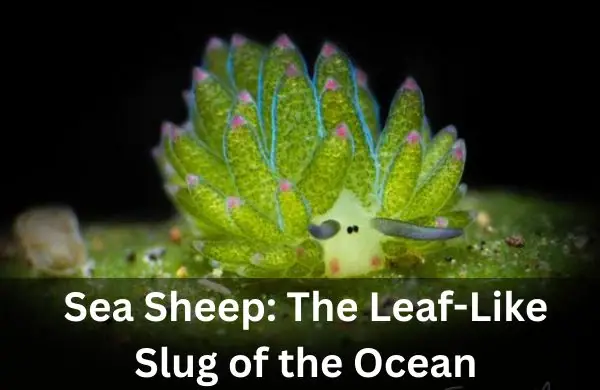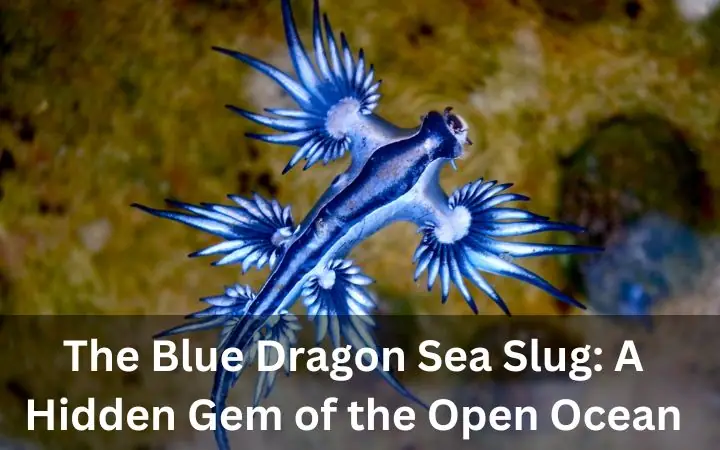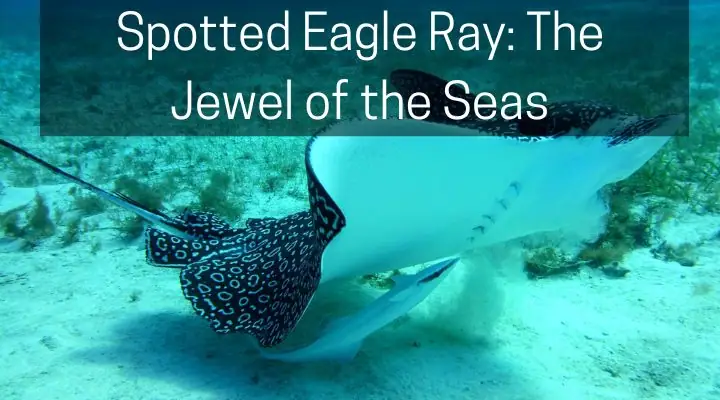Venezuelan Poodle Moth – A Delightful Enigma in the Insect Kingdom
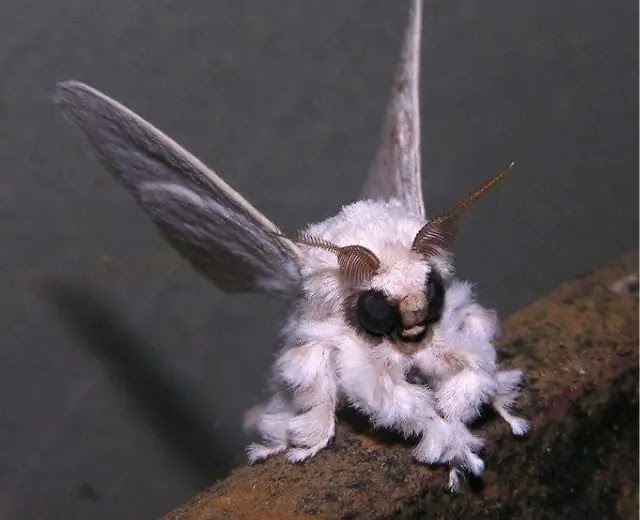
The Venezuelan poodle moth has captured the attention of nature enthusiasts and internet users alike with its extraordinary appearance and viral nature. This blog post aims to delve into the fascinating world of this peculiar moth, exploring its discovery, unique physical characteristics, controversies surrounding its identification, the role of social media in its popularity, scientific understanding and taxonomy, and the importance of its conservation.
Discovery of the Venezuelan Poodle Moth
The story of the Venezuelan poodle moth begins with the remarkable encounter by Dr. Arthur Anker, an entomologist and researcher, during his expedition in Venezuela. In 2009, while exploring the Gran Sabana region, Dr. Anker stumbled upon a moth that immediately caught his attention.
At first glance, the Venezuelan poodle moth appeared unlike any other moth he had ever seen. Its most striking feature was its dense, fluffy, and almost fur-like body, reminiscent of a poodle’s coat. This unique characteristic earned it the popular nickname “poodle moth.”
Intrigued by the moth’s unusual appearance, Dr. Anker carefully documented his discovery, capturing photographs and collecting specimens for further examination. However, the identification of this enigmatic creature proved to be a challenge.
The Venezuelan poodle moth’s appearance deviated significantly from other known moth species, leading to confusion among entomologists. Dr. Anker initially suspected that he had stumbled upon a new species. The discovery piqued the interest of the scientific community and soon sparked a wave of speculation and excitement.
As news of the poodle moth spread, experts from around the world began to weigh in on its identification. Entomologists and taxonomists carefully examined the specimens and compared them to existing moth species. However, despite their efforts, no conclusive identification was reached. The moth remained a mystery.
The lack of a definitive classification led to various misidentifications and debates. Some suggested that the moth belonged to the genus Artace, while others proposed it could be a member of the family Megalopygidae. However, without concrete evidence, the exact classification of the Venezuelan poodle moth remained elusive.
Despite the scientific uncertainties surrounding its identity, the venezuelan moth continued to capture the imagination of people worldwide. Its viral fame owed much to the captivating photographs shared by Dr. Anker and the subsequent circulation of these images on social media platforms.
In the age of the internet, the poodle moth’s fame spread like wildfire. Its fluffy and adorable appearance, coupled with the air of mystery surrounding it, made it an instant hit among nature enthusiasts and casual internet users alike. Memes, artistic renditions, and fan theories quickly proliferated, further fueling its popularity.
While the venezuelan moth’s exact classification remained unresolved, its discovery served as a testament to the incredible biodiversity found in Venezuela and the world at large. This enigmatic creature continues to inspire awe and curiosity, reminding us that there are still countless wonders awaiting discovery within the natural world.
.
Unique Physical Characteristics
The Venezuelan poodle moth stands out from other moth species due to its distinct and captivating physical characteristics. Its appearance is truly extraordinary and has contributed to its viral fame. Let’s delve into the unique features that make this moth so intriguing:
- Fuzzy and Poodle-Like Body: The most striking feature of the Venezuelan poodle moth is its fluffy and densely covered body. The moth’s coat resembles fur or soft hair, giving it an uncanny resemblance to a poodle’s curly or fluffy coat. This characteristic sets it apart from the typically smooth or scaly bodies of most moth species.
- Elongated Wings: The moth possesses long, slender wings with a delicate structure. These wings are often held in a tent-like manner when at rest, adding to the moth’s overall distinctive appearance. The coloration of the wings can vary, ranging from shades of white to pale brown or gray, with some individuals displaying subtle patterns.
- Unique Facial Structure: The Venezuelan poodle moth also exhibits an interesting facial structure. Its face appears to be adorned with large, dark, and expressive eyes. The positioning of these eyes adds to the moth’s overall cuteness and charm.
- Moderate Size: In terms of size, the Venezuelan poodle moth is typically small to medium-sized compared to other moth species. While exact measurements can vary, it generally reaches a wingspan of about 2 to 3 inches (5 to 7.5 centimeters). The moth’s relatively compact size contributes to its delicate and endearing presence.
It is important to note that the unique physical characteristics of the Venezuelan poodle moth, particularly its fluffy and poodle-like appearance, are what have captivated the public’s imagination and led to its viral fame. However, it is crucial to balance our fascination with its appearance with a deeper understanding of its biology, taxonomy, and conservation status, which we will explore in subsequent sections of this blog post.
.
Misidentification and Controversies
The Venezuelan poodle moth’s enigmatic appearance and lack of a clear classification have led to various misidentifications and controversies. Let’s delve into some of the key instances where the moth’s identity has been debated:
.
Initial Misidentification
When Dr. Arthur Anker first encountered the Venezuelan poodle moth, he suspected that he had discovered a new species. However, as the moth gained attention and experts examined it, alternative theories and misidentifications emerged. Some suggested that it belonged to the genus Artace, while others proposed it could be a member of the family Megalopygidae. These initial uncertainties added to the mystery surrounding the moth’s classification.
.
Resemblance to Fictional Creatures
The Venezuelan poodle moth’s fluffy appearance has led to comparisons with fictional creatures, particularly the Tribble from the popular science fiction series Star Trek. The Tribble is a small, furry creature known for its prolific breeding and adorable appearance. This resemblance sparked debates and raised questions about the authenticity of the moth’s existence, with some skeptics dismissing it as a hoax or a product of digital manipulation.
.
Hoax and Fake Allegations
The viral nature of the Venezuelan poodle moth also made it susceptible to hoax and fake allegations. Some critics argued that the photographs and videos of the moth were manipulated or staged for attention. However, it is important to note that the scientific community, including Dr. Anker, has consistently maintained the authenticity of the moth and its documentation. The debates surrounding the moth’s identity should not overshadow the genuine scientific interest it has generated.
.
Taxonomic Challenges
The classification of the Venezuelan poodle moth has been a subject of ongoing discussion among entomologists. Its unique physical characteristics have defied easy categorization, making it difficult to assign it to a specific family or genus. The lack of a conclusive identification has fueled debates and led to different interpretations by experts in the field.
It is crucial to approach the topic of misidentifications and controversies surrounding the Venezuelan poodle moth with a balanced perspective. While uncertainties and debates exist, the scientific community continues to investigate and explore the moth’s taxonomy, hoping to shed light on its true identity and evolutionary significance.
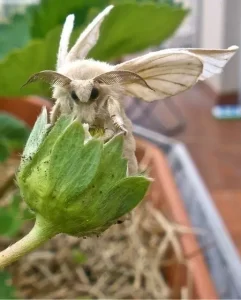
.
The Role of Social Media
In the age of social media, the Venezuelan poodle moth’s fame spread like wildfire, captivating audiences around the world and contributing to its viral nature. Let’s explore the significant role that social media platforms played in the popularity of this enigmatic moth:
1. Global Visibility: Social media platforms such as Instagram, Twitter, Facebook, and Reddit provided a global platform for the rapid dissemination of information and captivating visuals. Images and videos showcasing the poodle moth’s unique appearance quickly gained traction and caught the attention of a diverse range of users.
2. Visual Appeal: The visually striking and adorable appearance of the Venezuelan poodle moth made it highly shareable on social media. Its fluffy body and poodle-like resemblance captured the imagination of users, leading to an influx of likes, shares, and comments. Memes, artistic interpretations, and fan art related to the moth further amplified its reach and engagement.
3. Viral Content: The Venezuelan poodle moth became a prime example of viral content, spreading rapidly through online communities. Users fascinated by its appearance shared posts, sparking conversations and debates about its identity and authenticity. This viral nature not only heightened public interest but also facilitated discussions among entomologists and scientists.
4. Citizen Science: Social media platforms provided an avenue for citizen scientists and enthusiasts to participate in the identification process. People shared their observations, theories, and even comparisons with other known species, contributing to the collective knowledge surrounding the moth. This engagement and collaboration between experts and the general public added an interactive element to the story of the Venezuelan poodle moth.
5. Public Fascination with Unique Species: The Venezuelan poodle moth’s popularity on social media reflects a broader public fascination with unique and lesser-known animal species. The internet enables the discovery and sharing of extraordinary creatures, capturing the imagination of individuals who may not typically engage with scientific research. This heightened interest can have positive implications for raising awareness about biodiversity and the importance of conservation efforts.
While social media platforms played a crucial role in popularizing the Venezuelan poodle moth, it is important to critically evaluate the information shared online. Misinformation and exaggerated claims can circulate rapidly, leading to misconceptions about the moth’s identity and biology. Therefore, it is essential to rely on credible sources and scientific research when engaging with discussions surrounding unique animal species.
.
Scientific Understanding and Taxonomy
The scientific understanding and taxonomy of the Venezuelan poodle moth have been subjects of ongoing research and discussion within the entomological community. While its exact classification remains elusive, scientists have made efforts to gain insights into its biology, evolution, and ecological role. Let’s explore what we currently know about the scientific understanding and taxonomy of the poodle moth:
.
Classification Challenges
The Venezuelan poodle moth’s unique physical characteristics have posed challenges for its taxonomic classification. Its fluffy and poodle-like appearance does not fit neatly into existing categories, making it difficult to assign it to a specific family or genus. The lack of a clear match with known moth species has led to debates and differing opinions among experts.
.
Evolutionary Explanations
Researchers speculate that the moth’s distinctive appearance may have evolved as an adaptation to its environment or for specific ecological functions. The dense, furry body may serve as a form of camouflage, thermoregulation, or even as a defense mechanism against predators. Understanding the evolutionary drivers behind the moth’s appearance requires further investigation and comparative studies.

Habitat and Behavior
While specific details about the Venezuelan poodle moth’s habitat and behavior are still being studied, it is known to inhabit the Gran Sabana region of Venezuela. The moth is believed to be nocturnal, as is the case with many moth species. Its preferred food sources and interactions with other organisms in its ecosystem are topics of ongoing research.
.
Genetic Analysis
DNA analysis plays a crucial role in determining the evolutionary relationships and taxonomy of species. Researchers are using genetic techniques to compare the Venezuelan poodle moth’s DNA with that of other moth species to identify potential connections and gain insights into its evolutionary history. These analyses may help establish its familial relationships and resolve its taxonomic placement.
It is important to note that the scientific understanding of the poodle moth is an ongoing process. Researchers continue to investigate its taxonomy, conduct field studies, and analyze genetic data to unravel its evolutionary origins and place it within the broader context of moth diversity.
The exploration of unique and lesser-known species like the Venezuelan poodle moth highlights the vastness of Earth’s biodiversity and the need for continued research to uncover the mysteries of the natural world. As scientific knowledge progresses, we can hope to gain a deeper understanding of this captivating creature and its ecological significance.
.
Conservation and Environmental Impact
Conservation efforts and understanding the environmental impact of unique and lesser-known species like the Venezuelan poodle moth are crucial for preserving biodiversity and maintaining healthy ecosystems. While specific information about the conservation status of the poodle moth may be limited. Let’s explore the significance of conservation and the potential environmental impact of the Venezuelan poodle moth:
1. Conservation Status
Assessing the conservation status of the Venezuelan poodle moth is challenging due to the limited information available about its population size, distribution, and specific habitat requirements. However, it is important to recognize the value of conserving unique and lesser-known species, as they contribute to the overall biodiversity and ecological balance of their respective ecosystems.
2. Habitat Protection
Protecting the habitats where the Venezuelan poodle moth resides is crucial for its long-term survival. The Gran Sabana region in Venezuela, where the moth is found, may face various environmental threats such as deforestation, habitat degradation, and climate change. Conservation efforts should focus on preserving these ecosystems and addressing the factors that pose risks to the moth and other species that inhabit the area.
3. Ecological Role
Understanding the ecological role of the Venezuelan poodle moth is essential for comprehending its impact on its habitat and the larger ecosystem. Moths, in general, play important roles as pollinators and as a food source for other organisms, including birds and bats. Investigating the moth’s interactions with its environment and its specific ecological contributions can help inform conservation strategies.
4. Public Awareness and Education
The viral nature of the Venezuelan poodle moth offers an opportunity to raise public awareness about the importance of biodiversity and conservation. By highlighting the uniqueness and beauty of lesser-known species, we can foster a sense of appreciation and inspire action to protect and conserve the natural world. Education programs, outreach initiatives, and scientific communication play vital roles in engaging the public in conservation efforts.
Long-Term Research and Monitoring
Continued research and monitoring efforts are essential for gaining a comprehensive understanding of the Venezuelan moth and its conservation needs. Long-term studies can provide insights into population dynamics, habitat requirements, and potential threats, aiding in the development of effective conservation strategies.
.
Conclusion
The Venezuelan poodle moth, with its captivating appearance and viral fame, has drawn attention to the wonders of the natural world. While its exact classification and conservation status may still be subject to ongoing research, its presence serves as a reminder of the importance of conserving unique and lesser-known species.
By understanding their biology, addressing threats to their habitats, and raising public awareness, we can contribute to the protection and preservation of Earth’s remarkable biodiversity. The Venezuelan poodle moth stands as a symbol of the incredible diversity that nature holds and the responsibility we have to safeguard it for future generations.
FAQs:
Is the venezuelan poodle moth real?
Venezuelan poodle moth is a real moth species. Its existence has been documented by entomologist Dr. Arthur Anker, who encountered and photographed the moth in the Gran Sabana region of Venezuela. While its classification and taxonomy remain the subject of ongoing research and discussion, the photographs and observations of these poodle moth are genuine.
Where does the venezuelan poodle moth live?
The Venezuelan poodle moth is primarily found in the Gran Sabana region of Venezuela. The Gran Sabana is a vast and biodiverse area located in the southeastern part of the country, characterized by its unique landscapes, including tepuis (tabletop mountains) and savannas. The specific habitat preferences and distribution of the Venezuelan moth within the Gran Sabana are still being studied, as there is limited information available.
How long do poodle moths live?
The lifespan of the Venezuelan poodle moth, like many other moth species, can vary. However, moths typically have relatively short lifespans compared to other insects. It is important to note that specific information regarding the lifespan of the Venezuelan moth may require further scientific study and investigation.
What does venezuelan poodle moth eat?
The specific diet of the Venezuelan poodle moth is not well-documented. However, as an adult moth, it is believed to have limited or no feeding behavior. The Venezuelan poodle moth’s larval stage likely feeds on plant material, such as leaves or stems, but further research is needed to determine its specific feeding preferences and host plants.
Read Also:
- The Orchid Mantis: Nature’s Living Flower
- Camouflage Masters Spiny Flower Mantis – An Invisible Predator

